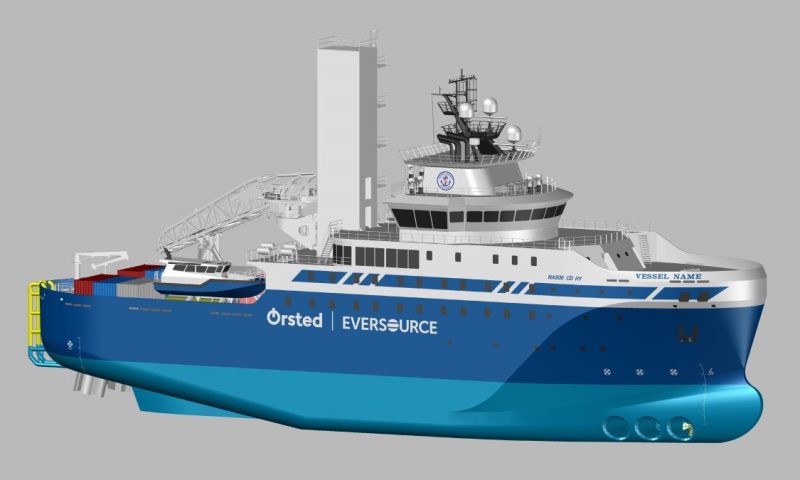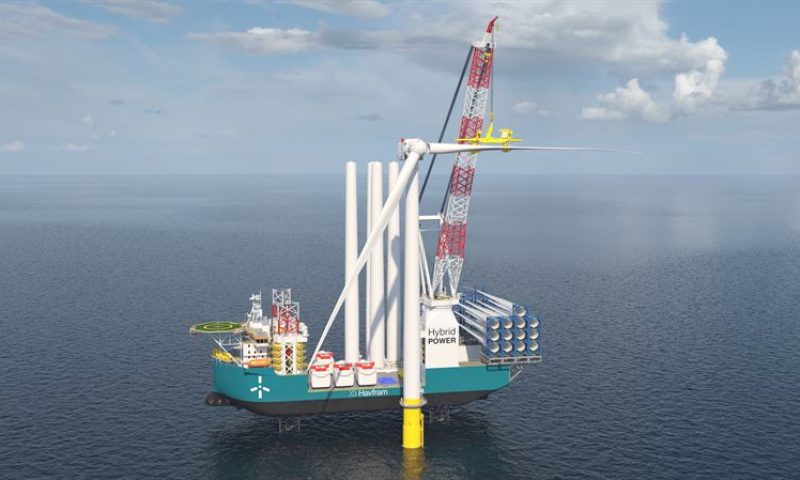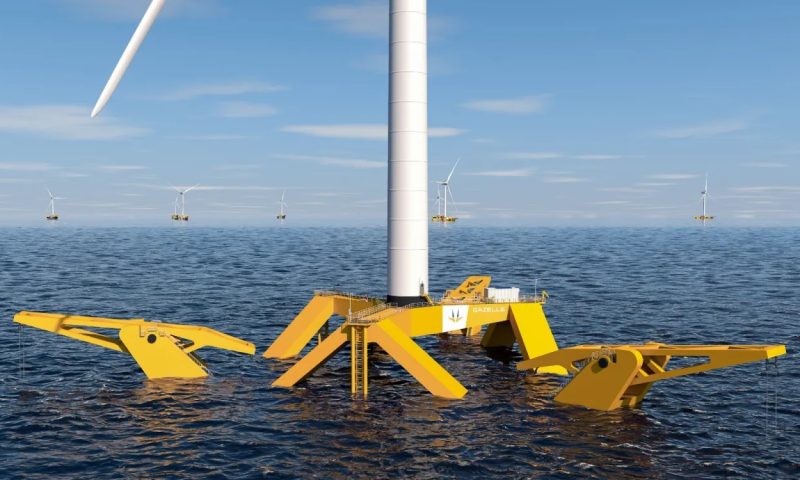
Biden administration enables offshore wind ships to ‘jump the line’
The Maritime Administration (MARAD) has confirmed it has designated offshore wind vessels as ‘Vessels of National Interest,’ making them eligible for financial support through the Title XI Federal Ship Financing Programme.
MARAD, part of the US Department of Transportation, said the designation “will facilitate more offshore wind construction and will prioritise applications for projects for review and funding through Title XI,” although legal experts and brokers familiar with the programme are cautious about just how much US owners might benefit and what kinds of vessels might be covered.
Title XI helps the US shipbuilding industry, providing support for shipowners to more cost-effectively acquire new, domestically produced vessels. It also enables yards to modernise facilities, and to build and retrofit vessels. It can provide a full faith and credit loan at longer terms and a lower interest rate than traditional private loans.
The Title XI statute was amended in 2019 to add the authority to designate Vessels of National Interest. Such a designation informs and encourages shipbuilders and shipowners that DOT/MARAD will prioritise and expedite applications for loan guarantees for offshore wind-related vessels.
Deputy Transportation Secretary Polly Trottenberg said, the Department of Transportation “is helping create a strong domestic supply chain and a robust US offshore wind industry.”
“We’re excited that some American shipyards have already secured contracts to build vessels to service offshore wind developments,” said Maritime Administrator Ann Phillips. “By growing this industry, we will further support essential offshore wind installations and continue to add jobs and strengthen our important domestic industrial base, including our shipyards and shipbuilding industry.”
The announcement follows the White House meeting with 11 governors from the east coast to announce the Federal-State Offshore Wind Implementation Partnership that will accelerate the growing offshore wind industry. The partnership will help advance the industry’s rapid development and help meet President Biden’s goal of 30 GW of offshore wind capacity by 2030.
Winston & Strawn maritime practice manager Charlie Papavizas described the designation and access to Title XI as a ‘jump the line’ benefit. He told OWJ, “US Government financing might be particularly valuable in a rising interest rate environment and when traditional vessel bank lenders are nervous about world events.
“Also, the US Government will potentially finance up to 87.5% of the cost – which, of course, is much more than a typical bank which currently is probably no more than 70% and maybe less. And the US Government permits exceptionally long, like 20 years, amortisation of the loan which reduces the daily carry cost versus a commercial loan a lot.”
However, Mr Papavizas said Title XI has been criticized in recent years because of slow application processing time. “The problem with Title XI is that, at least up to now, the loan processing time is at least a year, ” he told OWJ.
Shipbuilders Council of America (SCA) president Matthew Paxton said, “US shipyards are very excited about the opportunity to support the growing offshore wind industry and are committed to leveraging our world-class capabilities by building, converting, maintaining and modernizing the necessary fleet of vessels. SCA applauds the administration’s support for shipyards and shipowners to help accelerate offshore wind progress.
“To build on this momentum, owners and operators of US vessels also need regulatory certainty to invest in the domestic assets required to support the growing US offshore wind industry. Inconsistent enforcement of the Jones Act has a freezing effect on investment in our domestic shipyards and can disrupt ongoing contract negotiations for new offshore wind vessels.”
However, not everyone is convinced that designating offshore wind vessels as Vessels of National Interest will necessarily result in a surge of vessels using Title XI.
Fearnley Offshore Supply market analyst Jesper Skjong told OWJ, “In our view this is just another political idea with limited practical effect. We don’t expect to see any near-term effect at yards in the US.
“There may be incentives, but we are not sure how impactful those will be. Given the pace at which costs are increasing, any benefits owners in the US might have secured by using Title XI may ultimately be eaten up by inflation and higher interest rates.”
It also remains unclear exactly which kinds of offshore wind vessels might benefit from being designated as Vessels of National Interest. Mr Papavizas noted that MARAD posted on its website the designation of National Interest Vessels used ‘primarily in construction, service, and/or maintenance of offshore wind facilities.’ MARAD indicated that the list was developed in consultation with the US Bureau of Ocean Energy Management.
“Whether ‘construction’ includes just wind turbine installation vessels or also includes other vessels such as feeder vessels and cable-lay vessels is unclear,” said Mr Papavias. “The administration’s announcement focused on ‘specialized installation vessels,’ which would appear to be only a portion of the vessels MARAD has designated. Whether maintenance vessels, like crew transfer vessels, will have the same priority as wind turbine installation vessels is unclear.”












